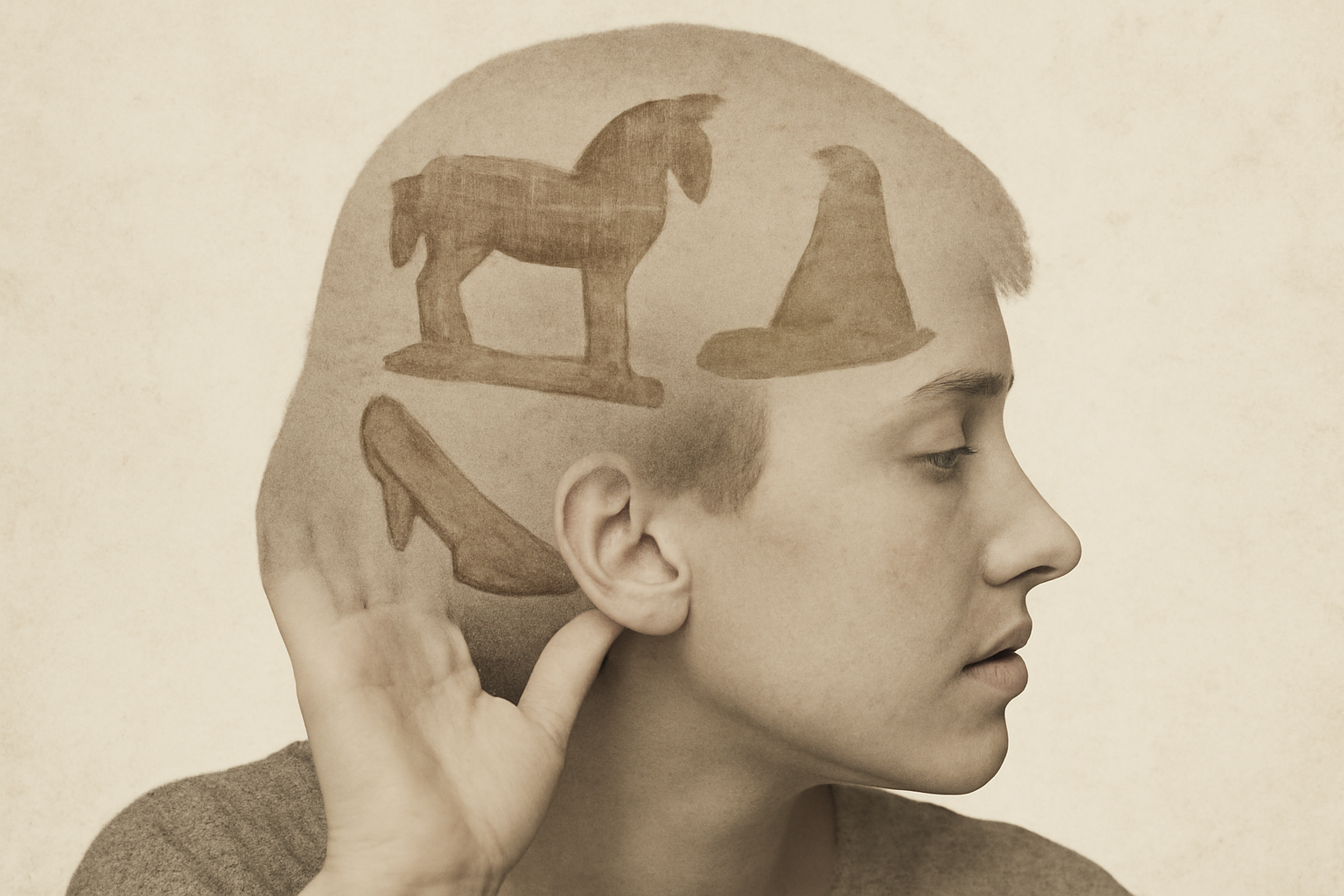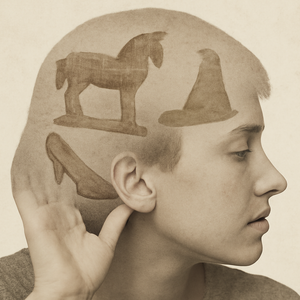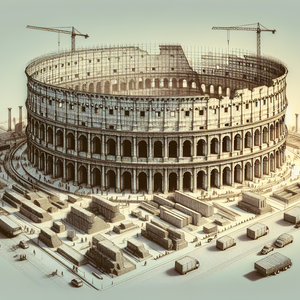Quantum Computing for the Creative Mind: Bridging Art and Science in a Quantum World

Quantum computing is built on concepts like superposition and entanglement, which are difficult to explain and understand using traditional scientific communication. Dense equations and technical jargon can alienate non-experts, hindering collaboration and slowing technological adoption. Creative professionals—artists, designers, and storytellers—play a vital role in translating these abstract concepts into accessible, meaningful experiences, bridging the gap between experts and the wider public.
Artists as Quantum Translators
Collaborations between quantum physicists and digital artists, such as the 'Quantum Dreams' project, use generative art and VR to immerse users in the quantum world. These visualizations serve as powerful educational tools, helping people intuitively understand quantum systems. Data visualization experts also convert quantum data into interactive graphics, making research more accessible and accelerating discovery.
Designers Shaping User Experiences
As quantum platforms become more accessible, UX designers are crucial in democratizing the technology. They create intuitive interfaces and visual programming environments, lowering barriers for non-experts. Tools like IBM’s Qiskit and Microsoft’s Quantum Development Kit offer user-friendly features, enabling a diverse range of users to experiment with quantum algorithms and participate in the field’s growth.
Storytellers Bringing Quantum Concepts to Life
Storytelling makes complex quantum ideas memorable and engaging. Writers, filmmakers, and game developers incorporate quantum themes into their work, demystifying the science for broader audiences. Books and interactive games allow people to learn quantum principles through narrative and play, fostering curiosity and hands-on understanding.
Collaboration Across Disciplines: The Future of Quantum Innovation
The fusion of art and science is essential for future quantum development. Interdisciplinary teams that include creatives alongside scientists are better equipped to communicate quantum principles and drive innovation. Leading tech companies and universities are fostering such collaborations, recognizing that fresh perspectives lead to new solutions and applications.
A New Career Landscape: Quantum for All
The expansion of quantum computing into the commercial sector is creating new roles that blend technical and creative skills, such as quantum UX designer, data artist, and science communicator. These hybrid careers reflect the growing importance of communication, visualization, and humanization in advancing quantum technology.
The quantum era represents a paradigm shift in how we understand and interact with the world. By integrating artists, designers, and storytellers into the quantum community, barriers are being broken, innovation is sparked, and the wonders of quantum science are made accessible to all. This creative and inclusive approach ensures that the quantum revolution is not only a technical achievement but also a leap forward for humanity.
Quantum User Experience (UX) Designer
IBM, Microsoft, Xanadu
Responsibilities
Design intuitive graphical interfaces for quantum programming platforms, such as drag-and-drop circuit builders or interactive algorithm visualizers.
Translate complex quantum mechanics concepts into user-friendly workflows for both technical and non-technical users.
Collaborate with quantum software engineers and physicists to prototype and test new UI/UX solutions for quantum development kits (e.g., IBM Qiskit, Microsoft Quantum Development Kit).
Required Skills
Strong background in UX/UI design, with experience in scientific or technical domains; proficiency with Figma, Sketch, or similar tools.
Familiarity with basic quantum computing principles and a passion for making complex technologies accessible.
Quantum Data Visualization Artist
MIT, Google Quantum AI, startup labs
Responsibilities
Create interactive data visualizations and infographics that represent quantum algorithms, entanglement patterns, or simulation results.
Work closely with quantum researchers to transform raw, multidimensional quantum datasets into visually engaging and informative graphics for scientific publications, presentations, and public outreach.
Required Skills
Expertise in data visualization software (e.g., D3.js, Tableau) and a strong artistic sensibility for representing abstract concepts.
Ability to understand and communicate quantum phenomena visually; coding skills (e.g., Python, JavaScript) are often advantageous.
Quantum Science Communicator / Content Creator
American Physical Society, national labs, Quanta Magazine
Responsibilities
Develop accessible written, video, or interactive content that explains quantum computing principles to general audiences.
Collaborate with quantum scientists to translate technical breakthroughs into engaging narratives, blog posts, explainer videos, or educational games.
Participate in public outreach, workshops, and conferences to increase awareness of quantum innovations.
Required Skills
Exceptional storytelling, writing, or multimedia production abilities; familiarity with quantum concepts and scientific literacy.
Experience in science journalism, educational content creation, or public science outreach is highly valued.
Immersive Quantum Experience Designer (VR/AR/XR)
Museums, science centers, Magic Leap, Google Arts & Culture
Responsibilities
Build immersive VR/AR experiences that allow users to explore quantum mechanics phenomena (e.g., superposition, entanglement) or simulate quantum circuits in 3D environments.
Partner with quantum researchers and educators to create interactive educational tools, museum installations, or public engagement exhibits.
Required Skills
Proficiency in VR/AR development platforms (Unity, Unreal Engine); strong understanding of UX for immersive tech.
Artistic and technical skills to translate abstract principles into engaging, interactive experiences; some physics or scientific background is a plus.
Quantum Creative Technologist
Google Quantum AI Artists-in-Residence, university labs, digital art studios
Responsibilities
Prototype and develop experimental digital art or interactive installations that incorporate real quantum computing processes or data.
Bridge the gap between quantum hardware/software teams and creative departments to foster innovation at the intersection of art and science.
Present work at conferences, exhibitions, or in collaboration with academic and industry partners.
Required Skills
Hybrid expertise in creative coding (Processing, p5.js, TouchDesigner), generative art, and a working knowledge of quantum programming frameworks (Qiskit, Cirq).
Strong communication and collaboration skills for interdisciplinary teamwork.


